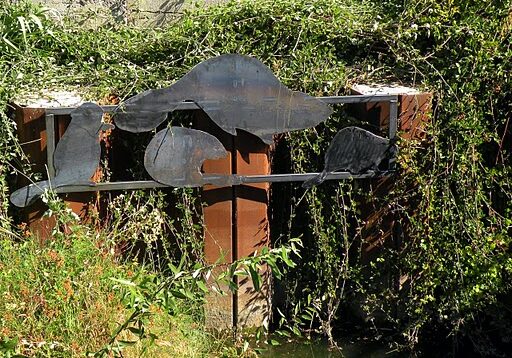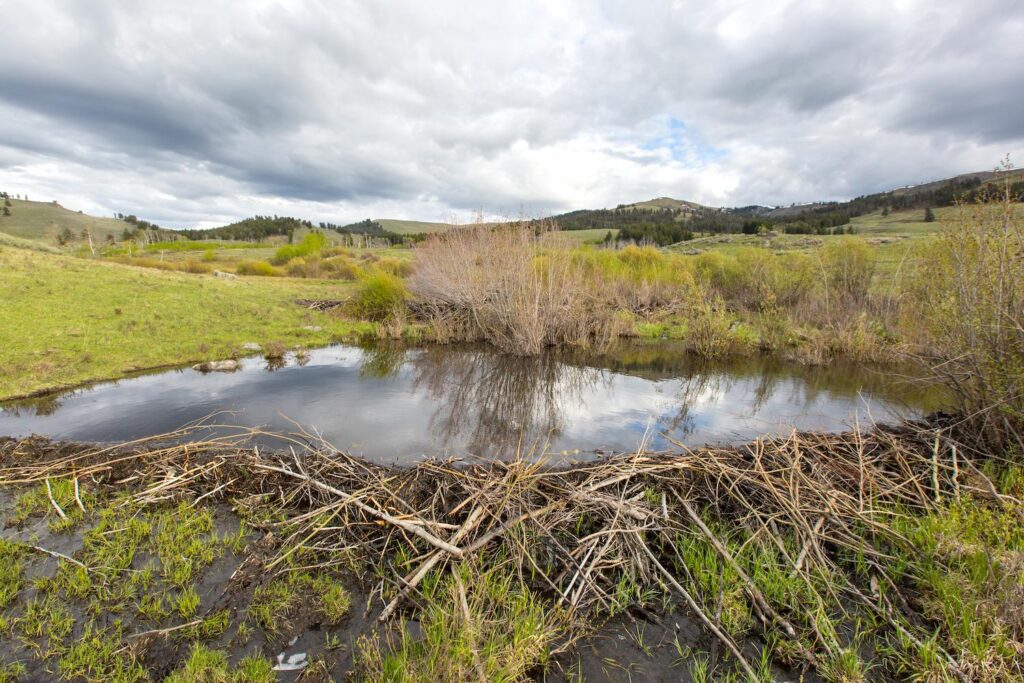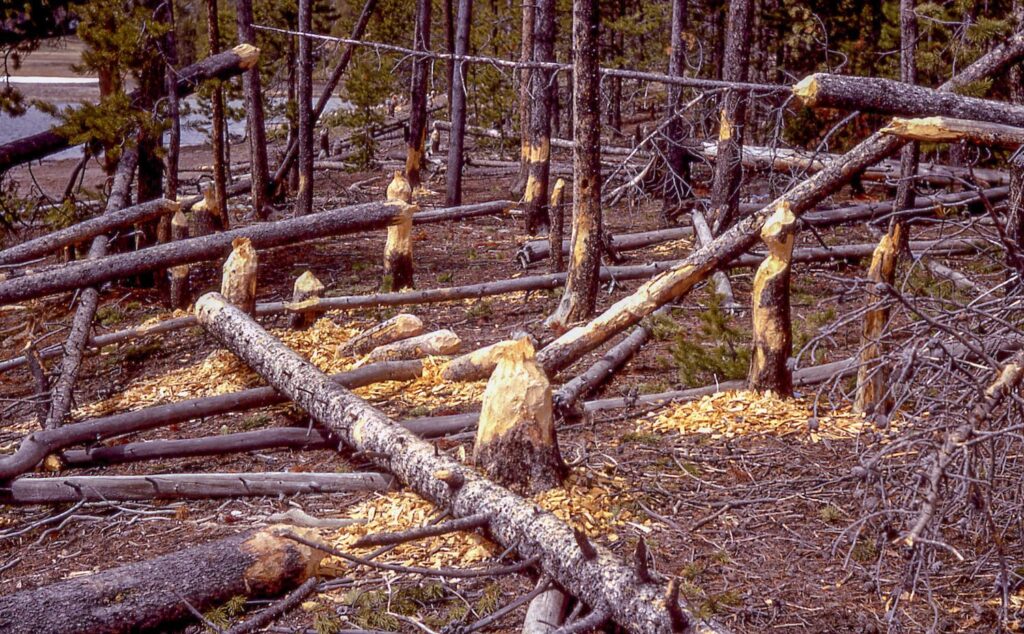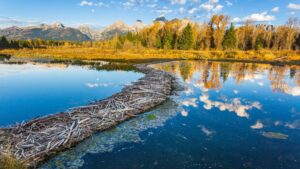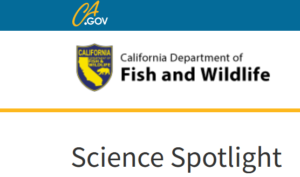Raining cats and dogs? Raining goats and elephants more likely. Yesterday was a deluge in every way possible with exciting thunder to boot. Martinez has been relatively lucky compared to some. And all that water overfilling our reservoirs and rushing down rivers to the ocean makes drills in the point again and again: We need more beavers!
Yesterday’s heart breaking story of the little boy washed away in San Miguel creek in San Luis Obispo county made me remember the sad heroism of our own beaver dams, who stopped the floating body of an old man who had died and slipped into the creek, washing down stream lost to his home and family. I wish there were more beaver dams to help that poor little one who was on his way to school in Paso Robles or at least to bring comfort to his family by letting know where he ended up.
Maybe Martinez and San Luis Obispo have more in common than we think. Because this great upcoming event of the Santa Barbara Perma Culture Network bore an unexpected drop of our name. I only hope things settle enough for it to happen, because yesterday lots of the city was told to shelter in place or prepare to evacuate due to truly unbelievable 6 inches of rainfall on top of already wet soil.
Beavers On the Landscape
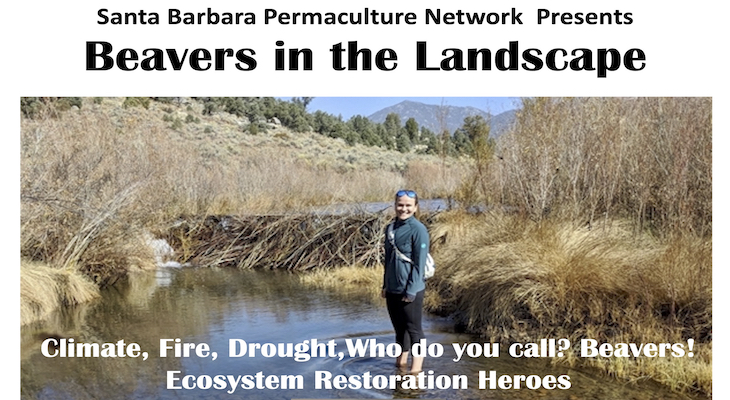 Saturday, January 21, 2023 – 18:30 to 20:30
Saturday, January 21, 2023 – 18:30 to 20:30
Santa Barbara Permaculture Network
Dr. Emily Fairfax & Cooper Lienhart
Saturday, January 21, 2023
6:30 – 8:30pm FREE
Santa Barbara Community Arts Center
631 Garden St, Santa Barbara CA 93101
Beaver dams are gaining popularity as a low-tech, low-cost strategy to build climate resiliency at the landscape scale. Emily Fairfax
Join Santa Barbara Permaculture Network for an evening with Dr. Emily Fairfax, PhD and Cooper Lienhart as they share their work & passion for beaver, a keystone species that until very recently was vastly underrated as the ecosystem restoration hero it is.
With extended droughts and catastrophic fires plaguing California and the West, in recent years Dr. Fairfax began focusing her research on the impact of beaver on wildfires. Where beaver and their dams and pond complexes are allowed to flourish, water tables naturally rise, and keep the surrounding vegetation and soils hydrated. Dr. Fairfax’s observations on the positive aspects beavers have in controlling wildfires with the wetlands they create, prompted her to coin the phrase “Smokey the Beaver.
Well this seems like a good time to focus on their benefits to FLOODING because it’s going to be foremost on everyone’s mind for a while.
As a part of the evening, Cooper Lienheart, a recent environmental engineering grad of Cal Poly San Luis Obispo, will share how as a student he became interested in beaver. Like many young people Lienhart became increasingly concerned about climate change, and learned about wetlands and their ability to act as carbon sinks sequestering carbon, and the role of beaver in creating these wetlands.
Of course beavers and human settlements are often at odds. But in communities like Martinez, CA, where a popular Beaver Festival takes place every year, they have demonstrated these conflicts can be managed with clever strategies, good for the beaver and the community. And with these kind of beaver management strategies come new jobs, especially good for the next generation, many who yearn for positive livelihoods.
Let that be our legacy. We were a testcase for beaver management in the west. And we excelled at our job thanks to Skip Lisle and every one in town who made it a MAJOR news story. To tell a really new story to an unbelieving audience you need to be wildly compelling and shout it from the roof tops over and over.
Dr. Emily Fairfax is an Assistant Professor of Environmental Science and Resource Management at California State University Channel Islands. Dr. Fairfax double majored in Chemistry and Physics as an undergraduate at Carleton College, later earning a PhD in Geological Sciences from the University of Colorado Boulder. She uses a combination of remote sensing and field work to research how beaver activity can create drought and fire resistant patches in the landscape under a changing climate.
Go tell it on the mountain! We will all be there in spirit!


